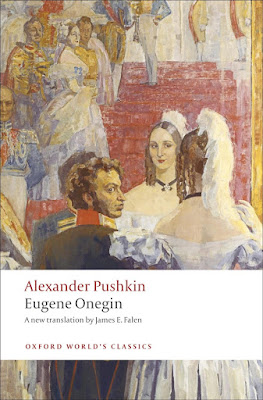The Hunchback of Notre Dame
“The Hunchback of Notre Dame” is a favourite
for adaptation. Wikipedia lists 16 cinema adaptations alone with numerous television
and stage plays to boot, including several ballets. Curiously, I do not think I
ever watched any of them, not even the Disney version, but you must have lived
under a rock to not at least get the gist of it.
Victor Hugo’s novel is a sprawling piece of
work. He happily changes lead characters throughout, to leave former leads out
of the picture for hundreds of pages. Sometimes he even has entire chapters
without any characters.
One of his characters is Pierre Gringoire,
a poet and philosopher. His stage play tanks so with nothing to his name but
the cloths he wears, he joins the homeless outcasts of Paris. A gypsy girl by
the name Esmeralda saves his life by formally marrying him (though not in spirit).
Gringoire will appear a few times, mostly as a witness, but a few times as an
agent.
Esmeralda is a young woman, presumably a
gypsy (Roma, would be the modern term) who earns her living by dancing and
singing on the street and performing tricks with her pet goat. Esmeralda is
deeply infatuated with a captain of the guard, Phoebus.
Phoebus is a vain libertine of a character.
He is officially betrothed to a wealthy (though insipid) girl, but that does
not stop him from trying to get into the pants of Esmeralda, especially since
she seems willing. When that goes horribly wrong and Esmeralda is accused of
stabbing him, he renounces her and returns to his betrothed.
It was not Esmeralda who stabbed him though,
but a priest at the Notre Dame cathedral, Claude Frollo, who had been following
Esmeralda. Despite his wows, he is deeply infatuated with the girl, sort of a
love/hate relationship. When Phoebus is about to take Esmeralda’s virginity, it
is he who jumps forward to stab him. Not for Esmeralda’s sake, but because
nobody else can have her. He even tries to kidnap her using his pet cripple,
Quasimodo, but that also fails.
Quasimodo is the eponymous hunchback of
Notre Dame. He is deformed and deaf, supposedly a halfwit, but very strong.
When Frollo’s abduction scheme fails, Quasimodo is blamed. In the stockade, the
only one showing mercy and offering him water is Esmeralda, earning her his eternal
fealty.
The overriding theme seems to be that
everybody wants somebody else, so nobody gets what they want. Frollo and Quasimodo
wants Esmeralda. Esmeralda wants Phoebus and Phoebus does not care about
anybody but himself. Only Gringoire seems to accept his lot and is the only one
coming out of this on top.
The astounding thing to me is how moronic
the principal characters are. The argument would be that it is love that messes
with people’s brains, but seriously, it is a hard call who of these characters
is most stupid. The amount of self-sabotage and recklessness all round is incredible.
Granted, without it there would be very little story, but it bothers me when
the drama hinges on people making idiotic decisions.
Put a gun to my head, Esmeralda would be
the worst. Not for staying principled when standing her ground against Frollo,
but for assigning so much faith in the worthless Phoebus, who has literally
nothing to his credit but a handsome uniform. Her empty headed idiocy would be
a good match for the moronic Phoebus, but it is also what ultimately costs her
her life and she never realizes that.
The failure of finding relatable characters,
with the possible exception of Gringoire, makes it a disappointing read. You
can only spend so much time with idiots. I also find Hugo’s narrative style
problematic. The novel does not feel planned, at least not structurally, but
evolves from spur of the moment decisions. My impression is of a writer who
writes about what he feels like today, with little care of what went before or
whether it fits into a general narrative. Tying such a sprawling narrative into
a whole would be challenging and I do not think Hugo is altogether successful
there.
Obviously, I am in the minority here. The
stature of this story demonstrates that beyond a doubt. You do not make 16 movies
on a novel people do not like. I just wonder if anybody actually read the novel
or simply base their opinion on various sanitized versions of it.
“The Hunchback of Notre Dame” does not rank
very high for me and I am not rushing out to watch any of the 16 movies. There
are a few more novels by Victor Hugo on the List, so he will get another chance
to convince me of his claim to fame.








